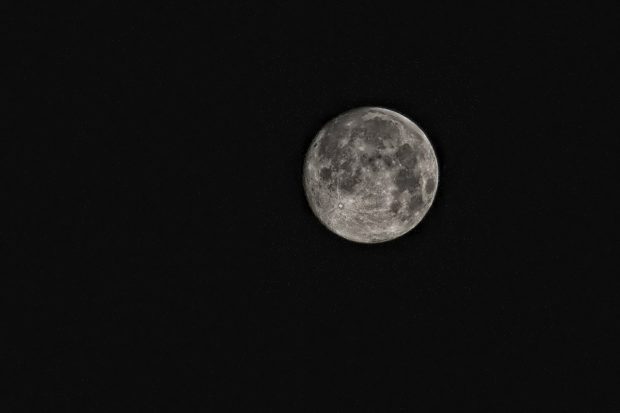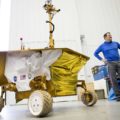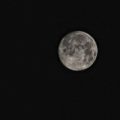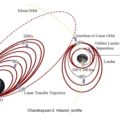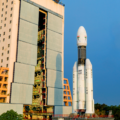An analysis of data from India’s first mission to the moon, Chandrayaan-1, and Nasa’s Lunar Reconnaissance Orbiter (LRO) has found evidence that the moon’s water is distributed across the lunar surface and not confined to a particular region or type of terrain as stated earlier.
Chandrayaan 1 Data analysed
The water appears to be present day and night, though it’s not necessarily easily accessible, said Nasa in a statement. The space agency added that they derived the conclusion after obtaining data from a diviner instrument on the LRO. Nasa has stated that the new data was obtained from the diviner instrument on LRO. “The team applied this temperature model to data gathered earlier by the moon mineralogy mapper, a visible and infrared spectrometer that NASA’s Jet Propulsion Laboratory in Pasadena, California, provided for India’s Chandrayaan-1 orbiter,” it has stated.
Chandrayaan 1 water finding data
“The findings could help researchers understand the origin of the moon’s water and how easy it would be to use as a resource. If the moon has enough water, and if it’s reasonably convenient to access, future explorers might be able to use it as drinking water or convert it into hydrogen and oxygen for rocket fuel or oxygen to breathe,” reads the statement.
The results contradict some earlier studies, which had suggested that more water was detected at the moon’s polar latitudes and that the strength of the water signal waxes and wanes according to the lunar day (29.5 Earth days). “We find that it doesn’t matter what time of the day or which latitude we look at, the signal indicating water always seems to be present,” said Joshua Bandfield, a senior research scientist with the Space Science Institute in Boulder, Colorado, and lead author of the new study published in Nature GeoScience.
